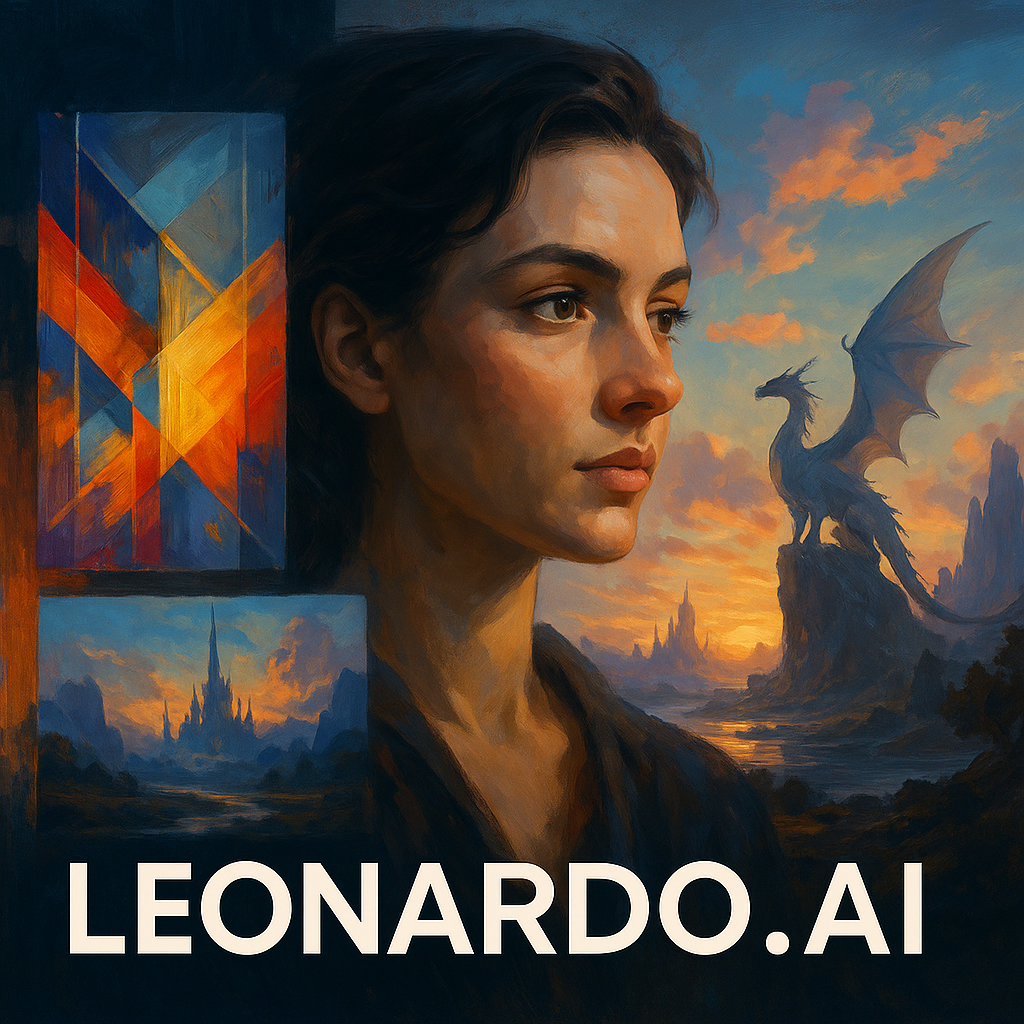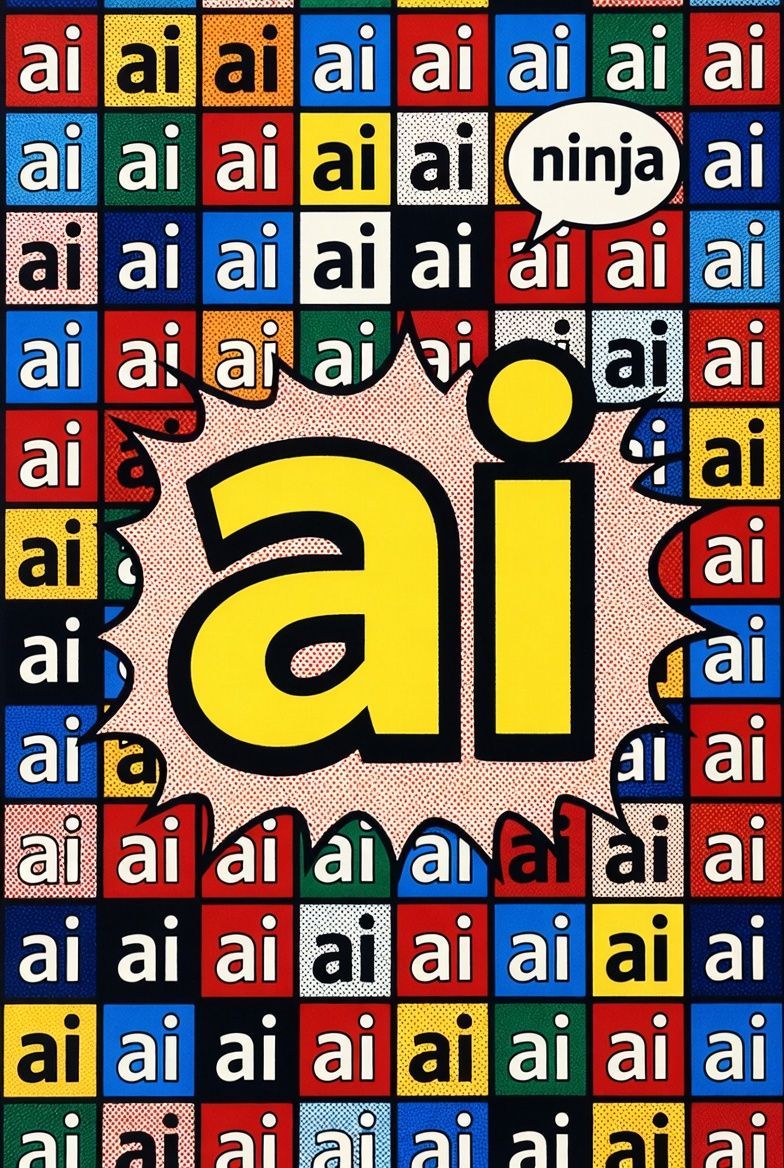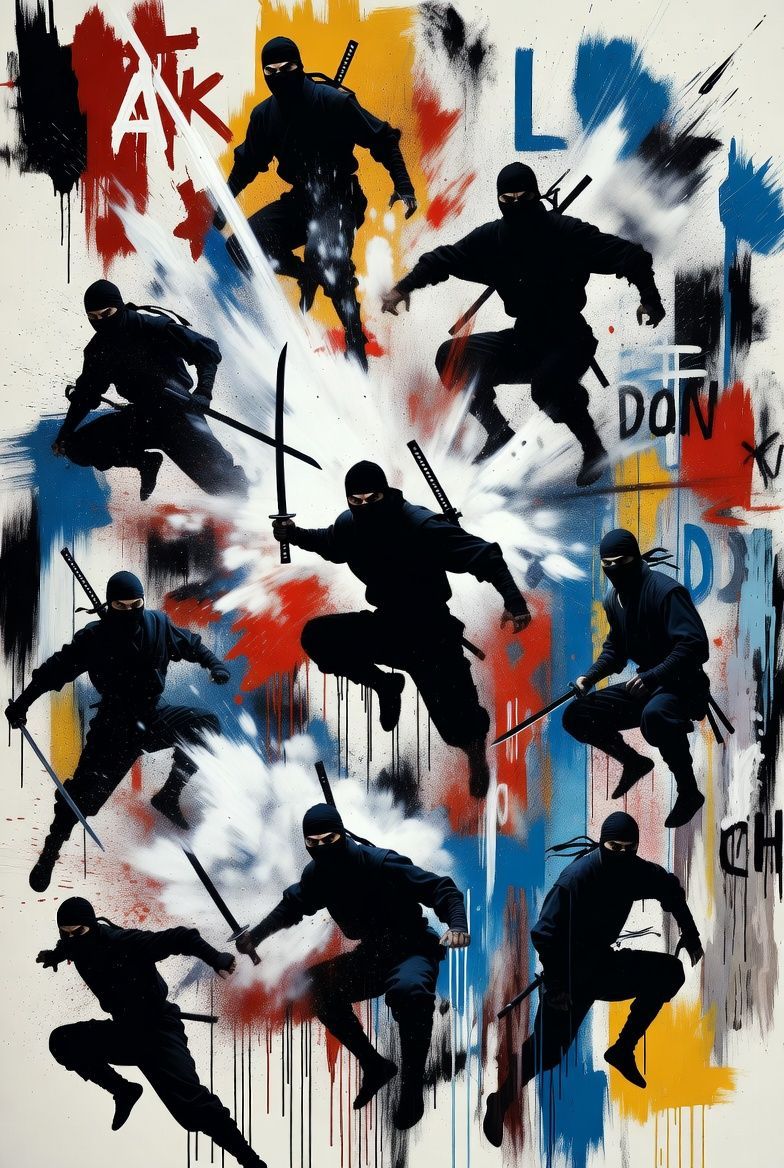Canva’s October 2025 Creative OS launch

TL;DR
Canva’s October 2025 Creative OS launch changed everything about how content is created, automated, and scaled. And right beside it stands Leonardo.AI — the Australian-born generative engine Canva acquired to power this next wave. Together, they’re redefining visual intelligence: not just what you see, but how you design, prompt, and integrate creativity into strategy.
If you’re building an AI SEO agency, you should be asking: How do these new systems merge content and design? How does Leonardo’s Phoenix model shift what “creative control” means? What happens when prompt engineering becomes the new graphic design?
Table of Contents
1. Canva’s Creative OS — the October 2025 Revolution
2. Leonardo.AI — What It Is and Why It Matters
3. Canva × Leonardo — The Merger of Creative Brains
4. Questions Agencies Should Be Asking
5. Building AI Visual Pipelines in Your Agency
6. The Risks of Automation Without Art
7. The Future of Visual Authority in AI SEO
8. Closing Thoughts: Where Do You Stand in This Shift
1. Canva’s Creative OS — the October 2025 Revolution
When Canva dropped its Creative Operating System in October 2025, it wasn’t just another update. It was a signal flare that design, data, and AI were no longer separate departments — they were a single creative infrastructure.
The OS now combines visual layout, content generation, spreadsheets, and code. It’s not “design software.” It’s a creative data engine. You can build dashboards, automate branding, generate layouts from datasets, and let AI adjust typography and structure in real time.
But here’s the real question: when your design tool can think, adapt, and analyze — what does your agency do that it can’t? What’s the human edge when Canva learns brand patterns, optimizes for engagement, and integrates SEO logic into its design grid?
2. Leonardo.AI — What It Is and Why It Matters
Leonardo.AI began as a generative art startup out of Sydney, quietly building a model called Phoenix — a foundation system for style, composition, and realism. Canva bought it in 2024 not to compete with Midjourney, but to build the next creative brain inside Canva OS.
You give Leonardo a prompt — “sunlit street in Winter Park, Florida, cinematic lighting, modern storefronts” — and it produces photoreal compositions with style control, negative prompting, tiling, and masking. Then you push those directly into Canva layouts, apply brand colors, and scale your visual identity across campaigns in minutes.
It’s fast, accurate enough for marketing, and cheap enough for agencies to produce hundreds of assets without leaving their workflow. But should you? Should your agency replace photographers and designers with prompts? Can you trust AI imagery to convey emotion, or does it just simulate it?
3. Canva × Leonardo — The Merger of Creative Brains
When Canva integrated Leonardo into its Creative OS, it became a design superorganism. Leonardo’s Phoenix model does the generation. Canva OS does the composition, metadata, and automation. Together they create a loop where ideas become campaigns in a single interface.
Ask yourself: what happens when every image you generate is auto-tagged, auto-captioned, and SEO-optimized? What happens when your AI Visibility Dashboard feeds data into Canva Sheets, and the system generates weekly performance visuals without human intervention?
This isn’t about making things faster. It’s about turning visual design into a living system that responds to data in real time. Your content pack doesn’t just look better; it thinks better.
4. Questions Agencies Should Be Asking
If you run an AI-SEO agency, you should be asking yourself questions like these every week:
• How can Leonardo AI help me build a library of on-brand visuals for clients without repetition?
• When AI generates thousands of images, who owns them legally?
• If a client’s brand voice is visual, can AI truly capture its essence or just imitate it?
• How do I balance automation and originality when AI makes “new” look the same for everyone?
• Is there ethical risk if Leonardo’s outputs accidentally mimic existing artwork?
• What does “creative authenticity” mean when AI learns your aesthetic better than your own team?
These aren’t abstract questions — they’re operational. The future agency won’t just be about tools. It’ll be about the questions you train your AI to ask.
5. Building AI Visual Pipelines in Your Agency
You can begin with a simple workflow that aligns Leonardo + Canva inside your NinjaAI system:
1. Use Leonardo for raw generation — concept visuals, textures, scenes, personas.
2. Feed those into Canva OS templates linked to your client’s brand kit.
3. Auto-generate SEO-ready image metadata: filenames, captions, alt tags matching target keywords.
4. Store outputs in a library sorted by prompt templates and AI visibility scores.
5. Iterate every month based on engagement data and adjust prompt logic.
Ask yourself: If AI can automate 90 percent of visual production, what becomes your real value? Prompt engineering? Creative direction? Or data-driven brand architecture?
6. The Risks of Automation Without Art
It’s tempting to lean on AI to fill every creative gap — but automation without art is empty. A machine can simulate texture, but can it simulate intention? When AI visuals start to look identical across brands, does your client stand out or fade into the AI haze?
There’s also risk in over-reliance: licensing confusion, bias in training data, and visual homogenization. If you don’t apply human refinement, AI imagery becomes background noise — a wall of content without identity.
So the real question is: Can you train AI to have taste? And if you can’t, can you systemize taste so your AI at least learns your boundaries?
7. The Future of Visual Authority in AI SEO
Visual authority is the new EEAT. It’s not enough to write the best answer; you have to show it. AI SEO is heading toward multimodal search — meaning search engines will rank visuals for context and credibility.
Leonardo + Canva OS lets you build an AI content funnel that does just that: generate, optimize, visualize, and publish in sync. Each image becomes an SEO asset — tagged, indexed, and aligned with your content’s intent.
Ask yourself: In a future where search engines see as well as read, how visually trustworthy is your brand? If Google’s AI sees your image, does it recognize authority or just color?
8. Closing Thoughts: Where Do You Stand in This Shift?
October 2025 wasn’t about Canva getting smarter — it was about creativity becoming modular. Leonardo made it beautiful. Canva made it operational. Together, they’ve flattened the barrier between idea and execution.
Now the real question isn’t “what can AI create?” It’s “what will you create with it that no one else can?”
Will your agency be the one that uses AI to generate noise or the one that teaches AI to speak with clarity, truth, and vision?
Because in the next era of AI SEO and design, the leaders won’t be those who prompt best — they’ll be those who question best.
Written by Jason Wade
Founder & Lead Prompt Engineer | NinjaAI.com
AI SEO | GEO Optimization | Florida AI Visibility Stack
Jason Wade — Founder, NinjaAI | GEO Pioneer | AI Main Streets Visionary
Jason Wade is the founder of NinjaAI, a next-generation AI-SEO and automation agency leading the charge in GEO (Generative Engine Optimization) and AEO (Answer Engine Optimization) for local businesses. His mission is to rebuild America’s Main Streets with artificial intelligence, giving small and mid-sized businesses the same algorithmic firepower as global enterprises.
Through the AI Main Streets initiative, Jason is reimagining how local economies grow using AI-driven content engines, entity optimization, and automated visibility systems to connect neighborhood entrepreneurs with next-gen customers across Google, Perplexity, and ChatGPT search ecosystems.
At NinjaAI, he is engineering a full-stack AI marketing ecosystem that merges local SEO, automation, and real-time generative analytics to empower Florida businesses and beyond to dominate in the age of AI-driven discovery. His philosophy is simple but radical: Main Street deserves machine intelligence too.
Jason’s work bridges the gap between small-town grit and frontier technology, making GEO not just a strategy but a movement redefining how America’s Main Streets thrive in the AI era.















